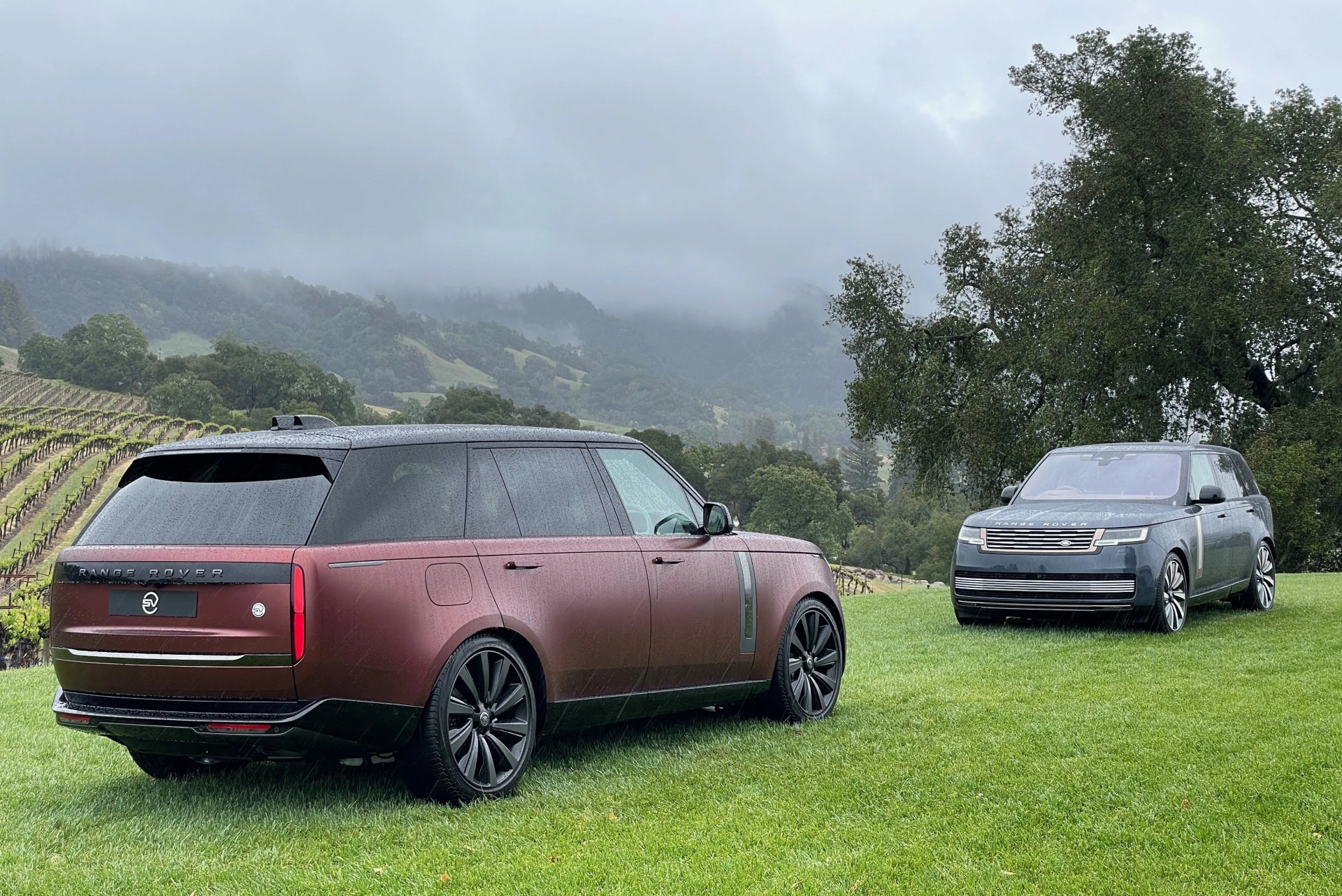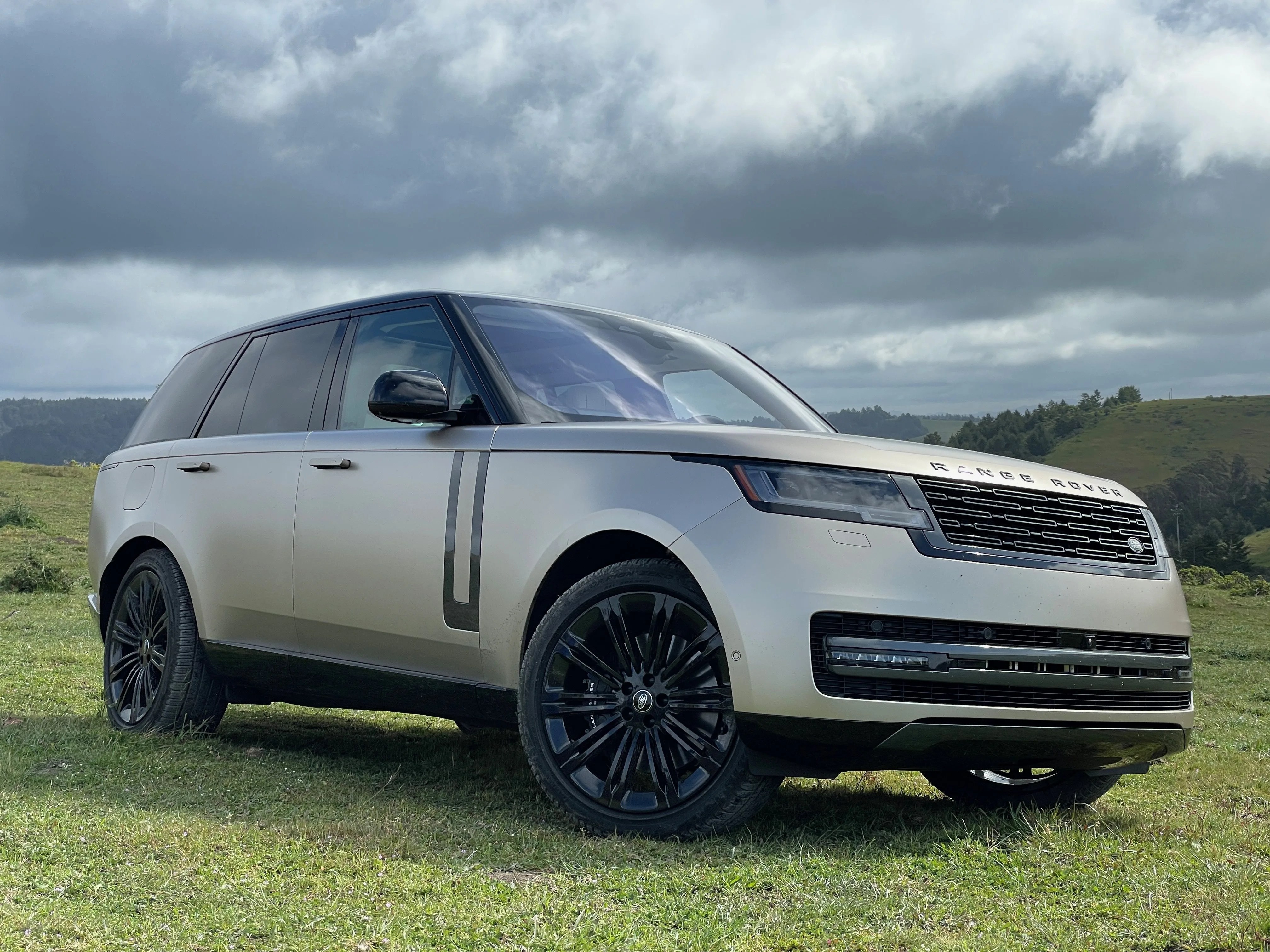It’s a rare day when a new Range Rover debuts.
Of course, when I say that, I’m referring to what Land Rover snobs would probably refer to as the real Range Rover — that is, not one boasting a suffix like Sport or Evoque or Velar, but the one that can trace its lineage all the way back to the days of the Apollo missions, when it arguably pioneered the then-silly-sounding idea of a luxury sport utility vehicle. No, a new version of the “true” Range Rover has only come around five times in human history; the first debuted in 1969, the second followed a whopping 25 years later, the third arrived in 2001, the fourth in 2012.
And now we’re here a decade after that, once again faced with an all-new Land Rover Range Rover. But this Range Rover faces a very different future than any of its predecessors. The era of gasoline powertrains is coming rapidly to a close in favor of electric vehicles, so the Range Rover is finding ways to go green; the world’s wealthy are growing wealthier, so the Range Rover can push upmarket; and, perhaps most notably, the SUV has now become the de facto vehicle of choice in nations across the world, so the Range Rover now needs to offer even more all-around family-friendly capability on top of everything else it does well.
So, here in 2022, how does the vehicle once so memorably described on It’s Always Sunny in Philadelphia as “a transporter of gods” hold up in the face of a changing world and fresh competition? We headed to California to find out.
What makes the 2022 Range Rover special?
 Will Sabel Courtney
Will Sabel CourtneyIt’s all-new — although it’s easier to tell that from the back than it is from the front, where the design is much more evolutionary than revolutionary. The face of the new model bears an intentional resemblance to the prior one; the rear, on the flip side, is sleeker and more streamlined, with thin vertical tail lamps that, admittedly, give it a slight resemblance to the stern of a Kia Telluride.
Beneath that evolutionary design, however, lies a new platform known as “MLA Flex” in Jaguar Land Rover parlance. Designed to be used in everything from gas-engined mild hybrids to electric vehicles, it’s being used for the first time here; it’s both stiffer and more quiet than the previous Range Rover, which wasn’t exactly a rattling cardboard box.















